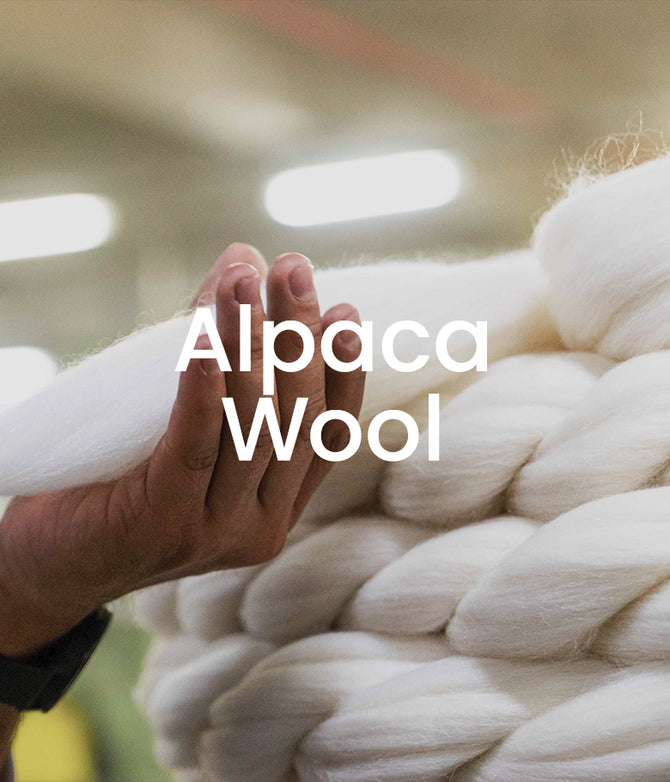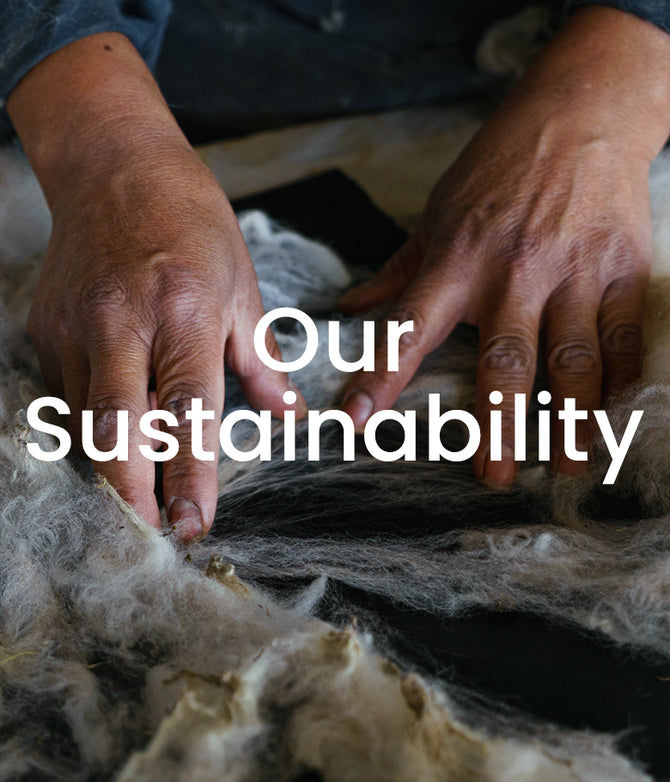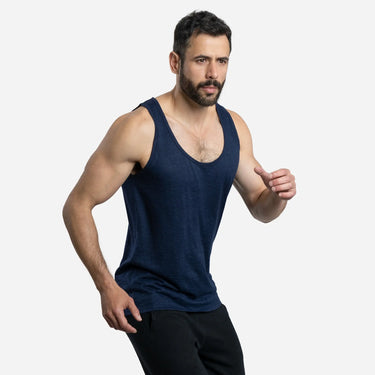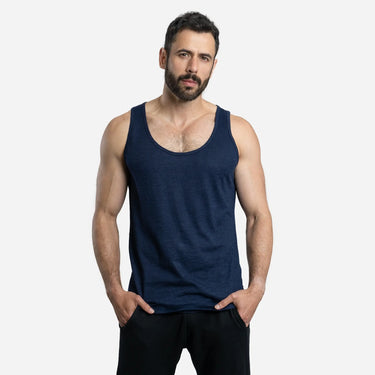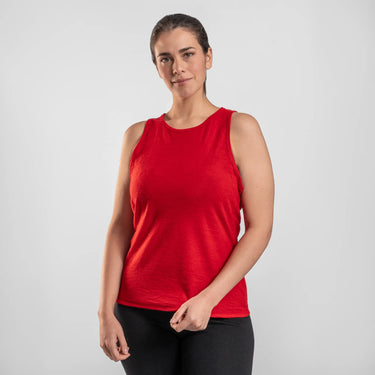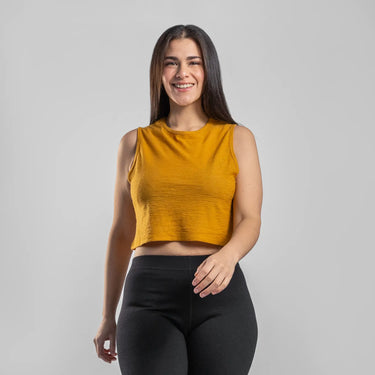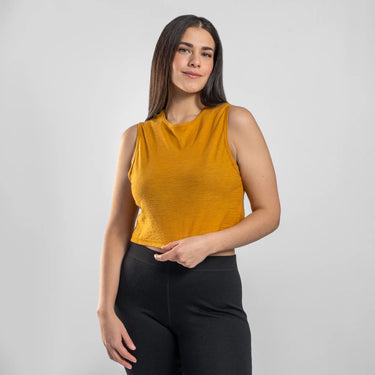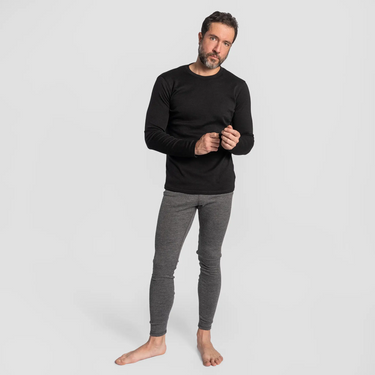WHAT TO PACK FOR THE INCA TRAIL
Published January 05, 2019 | Updated June 05, 2024
Hiking to Machu Picchu on the Inca Trail is on many people’s bucket lists. What could be better than arriving through the Sun Gate at dawn (or any time of the day really) and seeing that magical, mythical citadel stretching out before you? But for many people, the Inca Trail is the first multi-day hike they will do in mountainous terrain, or at high elevation, so knowing what to expect and pack can be a bit daunting. In this article we detail what to expect in terms of weather, distances and altitude as well as suggest what clothes should be in your pack.
Reserve Your Inca Trail Tour Guide
Enhance your Inca Trail experience with a trusted guide like James from Unu Raymi Tour Operador & Lodges. With 20+ years of South American travel expertise, 9 years living in Cusco, and a 5-star Tripadvisor rating, James offers unique, adventurous, and off-the-beaten-path journeys. Visit their website to book your unforgettable Inca Trail adventure.
What to Expect on the Inca Trail
Terrain
The Classic Inca Trail is a moderate to challenging multi-day hike, that involves 26 miles over three and a half days, with around 5,000ft in elevation gain over the first two, reaching a lofty elevation of nearly 13,800ft.a.s.l. at its highest point. Most trekking companies organize the trip in such a way that you will hike between 4 and 9 miles each day, so the distances aren’t too daunting. But considering that you are above 9,000ft.a.s.l. from the start of day one to the end of day three, the altitude is what makes the difference. The uphill sections are on a mixture of dirt trails and stone stairs, while there are a lot of downhill sections involving steep stone steps. From the end of day two, until you reach Machu Picchu, the trail is mostly paved with stones, originally placed there by the Inca 500 years ago.

Weather
There are two main seasons in the Andean Highlands: the rainy season and the dry season. With regards to what to expect weather-wise, the names give it away a bit: expect rain during the rainy season and blue skies during the dry season! While the season will undoubtedly affect your experience on the trail, altitude probably has the biggest effect on temperatures. See more details below.
Rainy Season(December through April)
- You’ll probably experience temperatures of around 65°F at the highest pass, but in Machu Picchu temperatures of 75-80°F in the direct sunshine are more likely.
- Overnight, temperatures usually won't drop below 40°F, even at higher campsites.
- The rainy season is not as bad as it sounds: short sharp showers interspersed with sunshine are the norm, although rain can become hail and snow at higher elevations.
Dry Season (May through November)
- Daytime temperatures are similar to the rainy season, although perhaps slightly cooler.
- Overnight, elevation makes a huge difference, so at higher campsites the temperature can drop into the 20s, but stays well above freezing at lower campsites.
- You aren’t guaranteed no rain during the dry season, especially at the beginning and the end. I always bring a rain jacket and it acts as a windshield if nothing else.

How Should I pack For the Inca Trail?
The main problem with packing clothing for the Inca Trail is that you are likely to have a very small, strict weight limit (generally around 11lbs) imposed by your agency, and anything over that, you’ll have to carry yourself. If you’re an experienced backpacker, that won’t be a problem (although, the altitude really does make a difference), but if you’re new to hiking and/or aren’t really looking for a suffer-fest, you will want to carry as little in your daypack as possible. The problem is that I just told you that you could experience temperatures anywhere from 20°F to 80°F, how on earth are you supposed to pack for that in only 11lbs?!
The answer lies in smart clothing choices:
- Several light layers that you can take off and put on as the temperature changes.
- Versatile clothes that are functional while on the trail and at camp, but don’t look out of place around town.
- Fabrics that are sweat-wicking, quick-drying and, importantly, don’t hold on to odors
So, what kind of garments work best? You guessed it: alpaca wool clothing!
Alpaca wool outdoor clothing is super lightweight, temperature regulating (keeps you warm when it's cold outside and cool when it's warm), quick drying and best of all, it doesn't retain odors. So even if you hike in an alpaca wool shirt for four days, it won't stink!

REGULATES TEMP.
Balances your body's temperature in extreme climates

QUICK-DRYING
High moisture wicking & the lowest moisture absorption

MORE COMFORT
The softest fibers next-to-skin for the most breathability

STAY FRESH
Naturally anti-bacterial & odor-resistant for hygiene

Below is a recommended clothing list for hiking the Inca Trail
Most of the suggestions are from our Alpaca Wool Outdoor Clothing range, but you'll have to find certain things, like outer shells and sun hats, elsewhere.
TOPS
- Ultralightweight Shirt(s) x 1-2
I like to pair a tank top with a long sleeve: I can wear the tank top alone when it's really hot, but the long sleeve protects me from the sun or adds a layer of warmth. - Base Layer x 1
Thicker than the shirts, the base layers are very versatile and perfect for the start of the hike in the morning and putting on when you stop to make sure you don't cool down too much. Base layers make great sleepwear too. - Mid Layer x 1
Unless you're hiking in very cold conditions, you probably won't wear an alpaca jacket or hoodie while hiking, but you'll be glad for a their thickness at camp when temperatures drop. Rolled up, our mid layers work great as pillows too! - Rain Jacket x 1
A must for the rainy season, you may also want to bring a rain jacket during the dry season to protect you from the wind and any unexpected showers. - Insulating Jacket x 1
You might find that a shirt, base layer and mid layer are enough for you, but if you really feel the cold, you'll want to take a more insulating outer shell too.
FEET
- Hiking Socks x 1-2
Socks are the first line of defence against blisters, so don't skimp here. Alpaca wool keeps your feet comfortable and doesn't smell even after several days' use. You might want to bring a pair of warm, looser socks for sleeping in too. - Hiking Shoes or Boots
There's no hard and fast rule about whether to choose boots, hiking shoes or trail runners: it's totally personal choice. Visit your local outdoor retailer for advice on what is likely to work best for you.
BOTTOMS
- Boxer Briefs or Panties x 2
Super soft, breatahble and quick drying, alpaca wool underwear will keep you fresh and comfortable where you most need it. - Lightweight Leggings x 1
One of the most versatile items on the list, leggings can be worn on their own when you're hiking, under other pants for extra warmth, and are perfect as sleepwear too. - Lightweight Joggers x 1
If you prefer something looser, the joggers are great for hiking in, as well as for adding extra warmth on top of leggings at camp. - Technical / Waterproof Pants x 1
Many people prefer to hike in leggings, but others favor technical hiking pants, especially those that convert into shorts. It's recommended to consider rain pants too, especially if hiking during the rainy season.
HEAD
- Beanie x 1
Early mornings and evenings can be chilly, so an extra layer on your head can make all the difference. On colder nights, sleeping in a beanie will help keep you warm and make your night much more comfortable. - Neck Gaiter x 1
Such an adaptable garment, the neck gaiter can be used as a scarf when it's cold, as sun protection or even as an eye mask to help you sleep at camp or on the train. - Baseball Cap / Sunhat x 1
With the UV index being so high in the Andes, protecting your head and shading your face is a must.
Arms of Andes don't make gloves, insulating shells, rain jackets or rain pants, but there are plenty of options out there.

Is There Only One Inca Trail to Machu Picchu?
Since permits to hike the Inca Trail are so limited (even outside times of pandemic, only 500 trekkers are allowed to start the trail per day), you may find it hard to get a permit for the date of your preference. While the Classic Inca Trail is the only multi-day trek that allows you to walk into Machu Picchu through the Sun Gate (there's a short version, also known as the “Two Day, One Night Inca Trail”, but this only involves one day of hiking and no camping), there are many other multi-day hiking options in the area. These include the Lares, Salkantay and Choquequirao treks, which all take in equally spectacular scenery and while distances and elevations vary, the above clothing suggestions apply.
Due to intense marketing, most people think that the trail that arrives into Machu Picchu through the Sun Gate is the only “Inca Trail”. However, it’s actually a tiny section of a huge network comprising of thousands of miles of trails – officially the Qhapaq Ñan in Quechua, but also known as the “Great Inca Trail” – running from Ecuador and parts of Colombia, through Peru and Bolivia and into the northern regions of Argentina and Chile. There are many sections of well-conserved Inca Trail in the Cusco area that you can do as day hikes before or after your trip to Machu Picchu, as well as amazing trails further afield, particularly within Cusco state and in the Ancash region.

Whether you decide to get to Machu Picchu by hiking the Classic Inca Trail, or you do an alternative multi-day hike before catching the train, you will likely want to wear very similar clothing on your trek. Alpaca wool is a great option for reducing the weight and bulk of your pack, as it helps you to adapt to the changing temperatures, is highly breathable, doesn’t hold on to odors and looks as good walking around town as it does on the trail.









